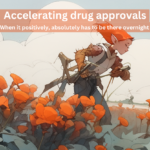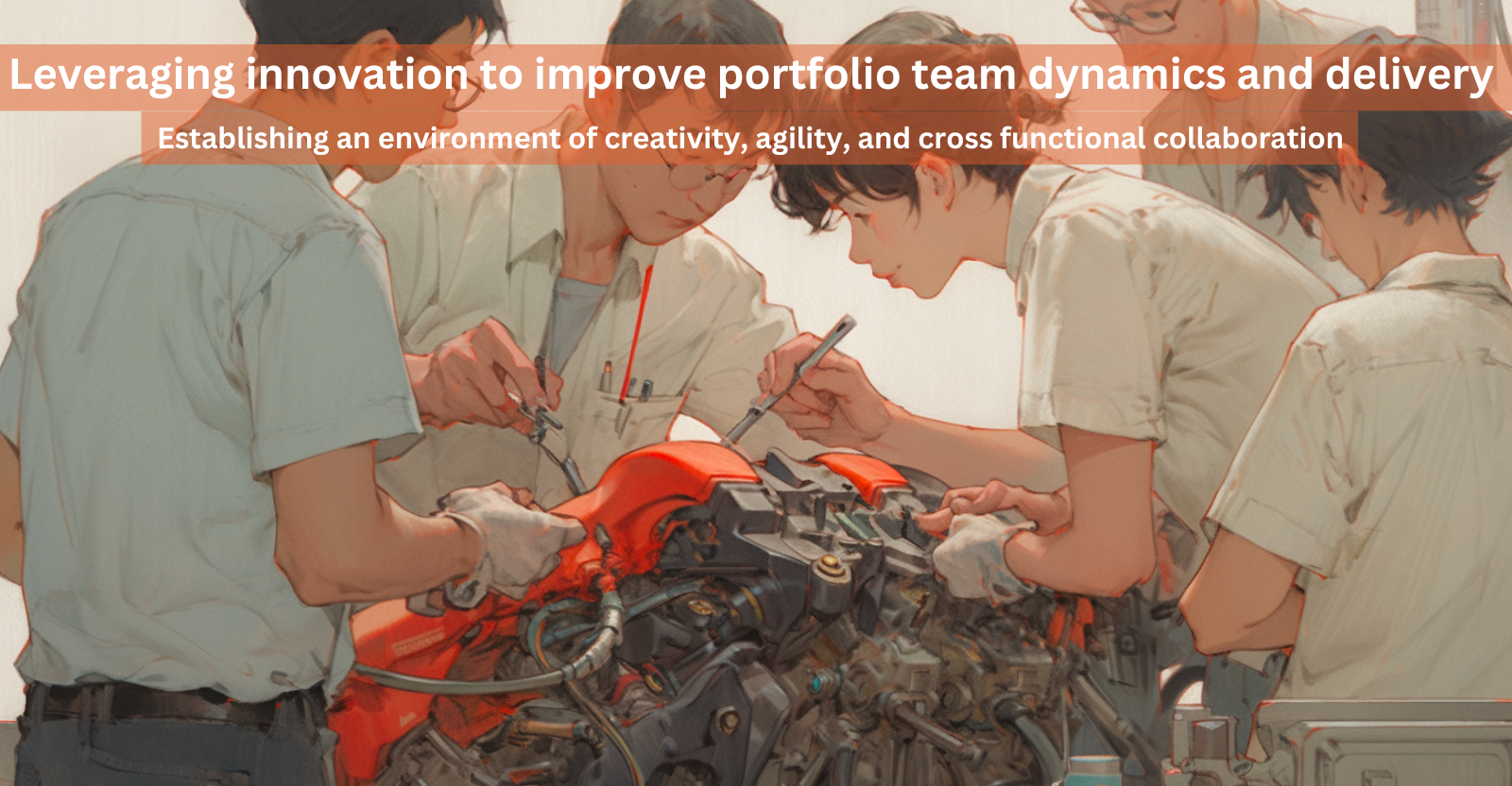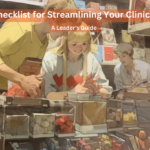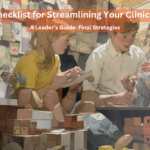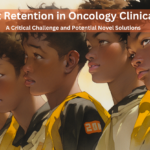When we peel back the layers of drug development, focusing in on oncology, an unexpected narrative emerges: It’s commonly believed that developing cancer drugs is a marathon of complexity and time (or if you ask some people, the only marathon that matters). However, a closer look at the data reveals a compelling story: the journey from the initial investigational new drug application through the rigorous phases of clinical trials to FDA approval for oncology drugs is, on average, only five months longer than for other drug categories. This marginal difference is not just a statistic; it’s a revelation for those of us in clinical operations. It challenges preconceived notions and opens up a dialogue about the efficiency and agility inherent in oncology drug development. In this article, we’ll unpack the layers behind this figure, exploring how oncology trials have become so streamlined and what this means for clinical operations leaders who are continuously navigating the intricate landscape of drug development. 
Streamlining Oncology Trials: Insider Strategies
So, when you look at how we’re doing oncology trials these days, it’s impressive how we’re not just keeping pace but actually setting the tempo. It’s all about smart tactics. Take targeted therapies, for example. They’re not just hitting the mark in treatment precision but are also making our patient selection smoother and quicker. It’s like having a GPS in a maze. And let’s not forget the regulatory side of things. With the FDA giving us pathways like Fast Track, we can move through phases like we’ve got a green light at every intersection. It’s a game-changer. Not to downplay the fact that we’re dealing with complex science, it’s that blend of top-tier science and on-your-toes management that’s keeping us ahead of the curve.

Navigating Non-Oncology Trials: A Different Kind of Challenge
Switching gears to non-oncology trials, it’s a different situation. Here we’re seeing a more measured pace, and there’s a mix of reasons behind it. Picture a clinical operations leader at the helm, navigating through a sea of already crowded markets – it’s like trying to find a new route in well-trodden terrain. But here’s the kicker: regulatory mazes and funding can be trickier for non-oncology areas, not to mention the varied public interest. It’s not always about making a splash in the headlines like oncology trials often do. So, what’s the strategy? It’s about finding those hidden gems, those less-explored areas, and bringing something new to the table. Maybe it’s diving into a rare disease that hasn’t had its moment yet or shaking things up with trial designs that are out-of-the-box, like integrating patient-centric approaches or leveraging real-world data. It’s this kind of innovative thinking, this willingness to explore the roads less traveled, that keeps us on our toes and drives the evolution in non-oncology clinical trials.

Global Perspective in Clinical Trials: Playing the Long Game
When we zoom out to the global picture, it’s like looking at a complex chessboard where every move counts. The trends we’re seeing in oncology and non-oncology trials have ripple effects worldwide. Take a clinical ops team working on a cardiovascular study, for example.
- In one region, they might be all hands on deck, setting up extra sites in areas with high disease prevalence.
- But then, in another part of the world where the condition isn’t as common, the strategy shifts to awareness and education campaigns.
It’s this balance of knowing where to double down and where to pivot that keeps things interesting. And it’s not just about logistics or numbers; it’s about cultural savvy, about understanding and responding to the diverse health landscapes and patient needs across different regions. This global mindset isn’t just beneficial; it’s crucial. It pushes us to think beyond our immediate environment and tailor our strategies to fit an incredibly varied and dynamic global stage.

Balancing the Scales in Drug Development: A Global ClinOps Perspective
Its clear how we can re-evaluate our approach. For those of us at the helm, these insights are more than just data points; they’re crucial cues for strategic planning and decision-making.
In oncology, we’re sprinting ahead, responding to urgent needs with precision and innovation. Meanwhile, in non-oncology, it’s about smart maneuvering, finding those unique niches and injecting creativity into more steady-paced projects.
Globally, these differences present a compelling challenge: balancing resource allocation, adapting strategies, and understanding the nuanced health scenarios in different parts of the world. It’s a testament to our agility and foresight in a field that’s as diverse as it is dynamic. As we move forward, these insights aren’t just handy; they’re vital. They encourage us to ask the big questions: How do we leverage these trends to forge new paths in drug development? What innovative strategies will emerge in this intricate, ever-evolving world of clinical trials? For those of us driving these trials, it’s about being at the forefront, ready to adapt and lead in an environment that constantly redefines itself.


